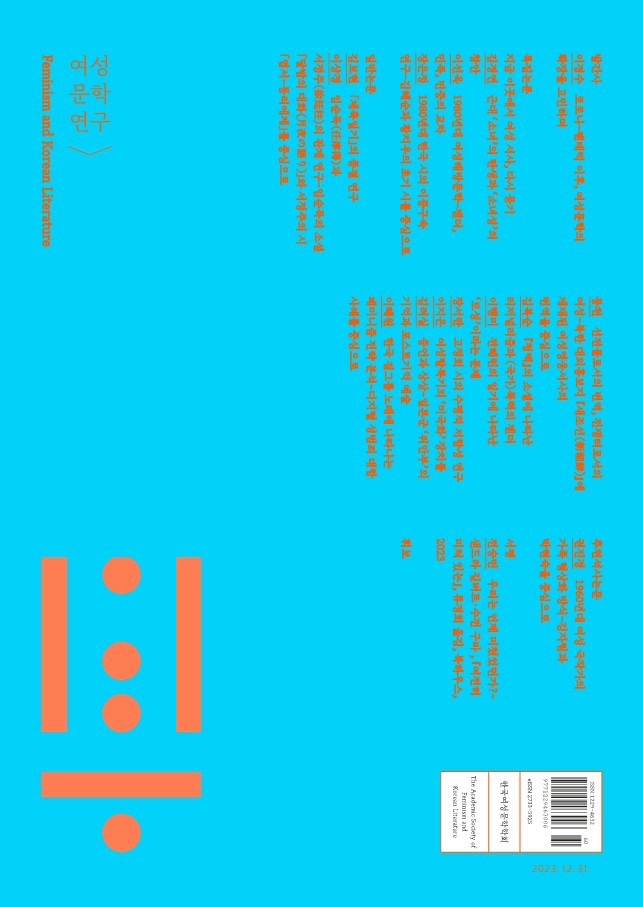- KOREAN
- P-ISSN1229-4632
- E-ISSN2733-5925
- KCI
 ISSN : 1229-4632
ISSN : 1229-4632
Article Contents
- 2024 (No.61)
- 2023 (No.58)
- 2022 (No.55)
- 2021 (No.52)
- 2020 (No.49)
- 2019 (No.46)
- 2018 (No.43)
- 2017 (No.40)
- 2016 (No.37)
- 2015 (No.34)
- 2014 (No.31)
- 2013 (No.29)
- 2012 (No.27)
- 2011 (No.25)
- 2010 (Vol.23)
- 2009 (Vol.21)
- 2008 (Vol.19)
- 2007 (No.17)
- 2006 (No.15)
- 2005 (No.13)
- 2004 (No.11)
- 2003 (No.9)
- 2002 (No.7)
- 2001 (No.5)
- 2000 (No.3)
- 1999 (No.1)
A Comparative Study on the counter-Hate Speech Movement and Theory in Korea and Japan
Abstract
The paper aims to compare the discussion of 'hate speech' in Korea and Japan. Currently, the debate on hate speech has spread considerably over the years in Korea. The debate over the definition of 'what's 'hate speech' has gone beyond and has entered a phase where a little further discussion is possible. In Korea, however, the discussion of the hate speech is being discussed separately in two areas, 'hate' and 'expression', resulting in a number of problems. Hate speech is often considered a part of hate discourse as there is an explosion of hate discourse in the absence of social debate on discrimination or hate politics. In Korea, various discussions on Hate Speech take place, but in the end, the issue of legal regulations and the opposition to and the severity of regulations will be centered. Theoretical exploration is also focused on discussing the conduct of language, law and emotions. Of course, the problem is not the theory itself that emphasizes language performance or language practice. However, the problem is that the discussion of language, emotions and laws is not balanced with the discussion of the historical structure and specificity of discrimination.
- keywords
- 헤이트 스피치, 혐오담론, 표현의 자유, 식민주의, 차별주의, 배외주의, 한일 헤이트 스피치 비교연구, 차별구조, 국가주의 도덕의 신성화, 차별의 자연화, hatespeech, historical structure and specificity of discrimination, 'hate' and 'expression', language as performative act, law and emotions
Reference
「촛불 시위 이제 그쳐야 한다」, 『한국일보』 사설, 2004년 3월 27일.
강구열·조수영 기자, 「이랜드 社측 ‘맞불시위’」, 『세계일보』, 2007년 7월 31일.
이준택 기자, 「파병 ‘저지’, ‘지지’ 맞불 시위」, 『한국일보』, 2003년 3월 29일자.
권명아, 『음란과 혁명: 풍기문란의 계보와 정념의 정치학』, 책세상, 2013 참조.
모로오카 야스코, 조승미·이혜진 역, 『증오하는 입』, 오월의 봄, 2015.
우에노 치즈코, 나일등 역, 『여성혐오를 혐오한다』, 은행나무, 2012, 39쪽.
홍성수, 『말이 칼이 될 때:혐오 표현은 무엇이고 왜 문제인가?』, 어크로스, 2018년
권명아, 「수치스러운 몸의 역사:보이지 않는 역사적 원천과 풍속 통제의 자연화」, 『민족문학사연구』 66호, 민족문학사연구소, 2017, 257-288쪽.
권명아, 「신냉전 질서의 도래와 혐오 발화/증오 정치 비교역사적 연구」, 『역사문제연구』 35호, 역사문제연구소, 2016, 11-45쪽.
권명아, 「풍기문란 통제, 입신과 처세의 논리가 되다」, 『주간경향』 1253호, 2018년 11월 12일., 경향신문, 2018.
미류, 「지금 여기, 차별금지법 제정이 필요한 이유」, 『차별금지법 궤도에 올리다』 2018, 발표 자료집, 4-5쪽.
손희정, 「혐오담론 7년」, 『문화과학』 93호, 문화과학사, 2018년 봄호.
이승현, 「혐오 표현에 대한 헌법적 고찰」, 연세대학교 법학과 박사학위 논문, 2015.
이주영, 「혐오 표현에 대한 국제인권법적 고찰:증오선동을 중심으로」, 『국제법학회논총』, 대한국제법학회, 2015, 195-227쪽.
Etienne Balibar, "In War", Open Democracy, 16. 2015.
- Downloaded
- Viewed
- 0KCI Citations
- 0WOS Citations
